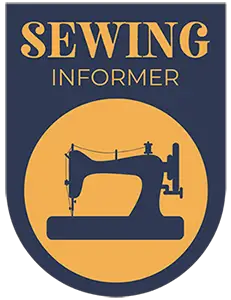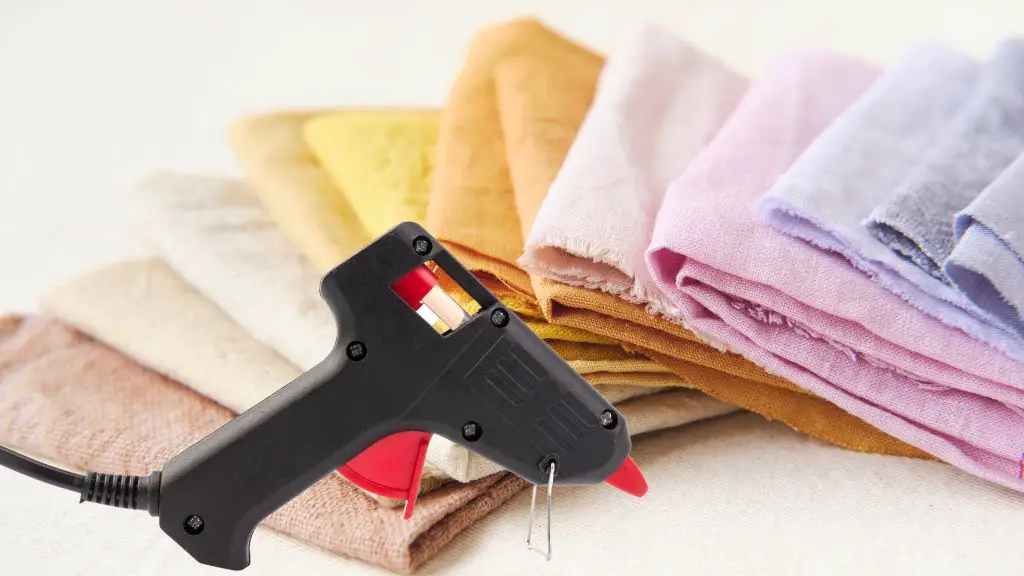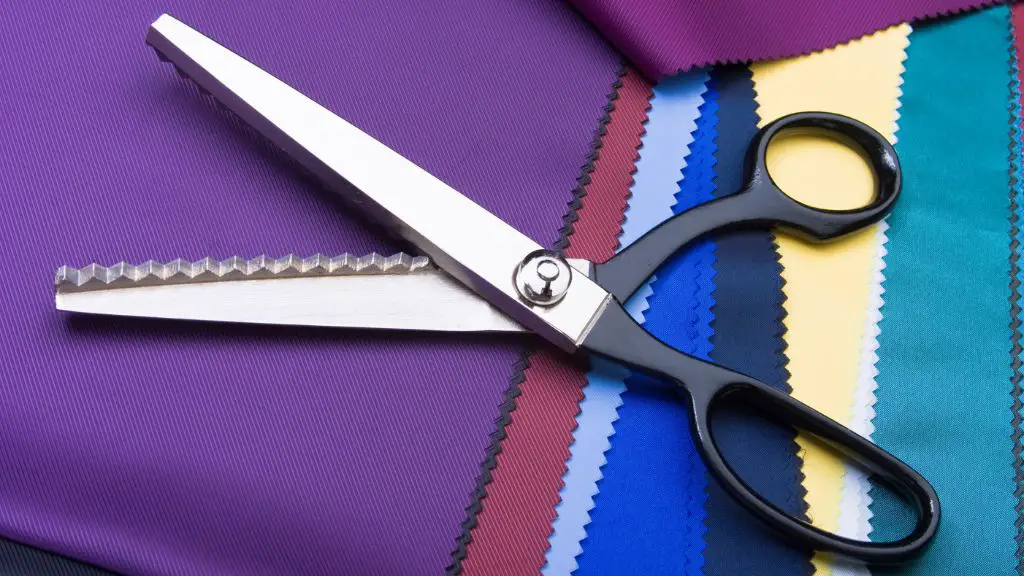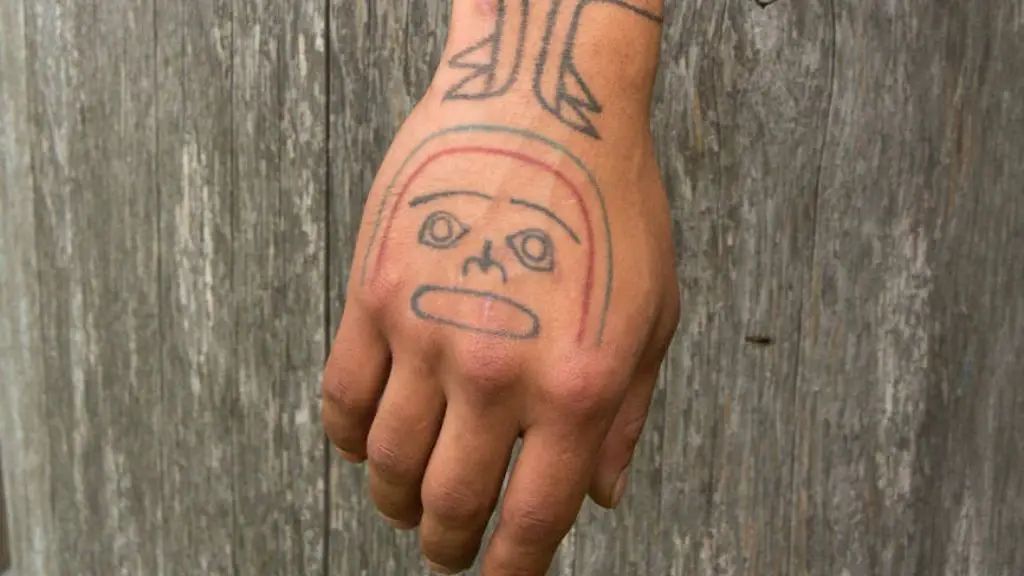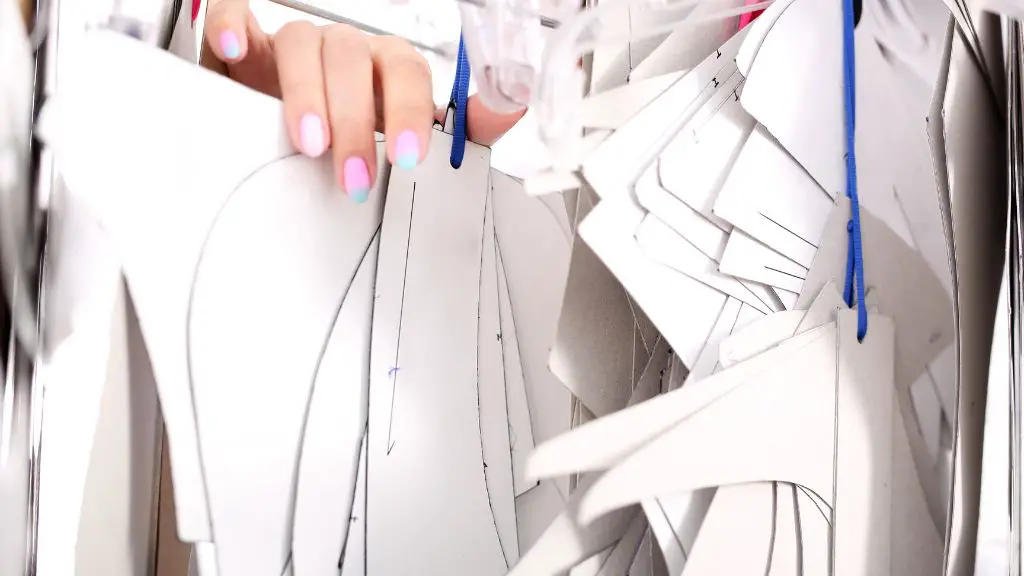Not everybody has a sewing machine in handy. For such people without a machine, one alternative that you can consider is using hot glue instead of sewing. Of course, you first have to answer the question of whether the alternative is good enough.
Hot gluing is a decent alternative for sewing that you can use in certain cases. However, It is not sustainable for most for certain reasons that will be discussed.
In this piece, we will look at how you can use hot glue on your fabric and why and when it doesn’t work.
What Is Hot Glue?
To start with, what is hot glue and how does it differ from normal glue? We know that using normal glues to attach fabrics probably won’t work because the glue will wash off in a short time. Hot glues are thermoplastic glues that are applied in their hot form.
Also known as Hot- melt adhesives, hot glues are applied in a hot, molten form which then solidifies after it’s applied on any surface. They are applied using hot glue guns, which melt the plastic glue which is then applied either through the mechanical trigger of the gun or pressure applied by the finger.
Because of how different they are from regular adhesives, they are sometimes used in minor fabric joining. This is the main subject of this piece, and we’ll look at it in detail in the next section.
Hot Gluing As An Alternative To Sewing
Hot glues work well enough when you need to stick a few pieces together. However, you can not use hot glue as an alternative to sewing, especially when talking about full dresses. Rather, hot gluing is best for little projects and using them in conjunction with sewing. For little projects where you need to attach a piece of fabric quickly, hot glue can always come in handy.
Also, you can use hot gluing to add attachments to the fabric. When you are sewing tricky parts of your clothing like pockets, you can use glue to hold them in place before sewing. Furthermore, hot glue can act as a decent alternative when you don’t have pins available to hold stuff.
Pros Of Hot Gluing
Hot gluing is ideal in certain circumstances compared to sewing. Despite the argument that they are generally a worse method of attaching fabrics, there is an edge in using hot glue sometimes. Some of these are:
It is ideal for minor adjustments:
If you don’t know how to sew and need to do some minor adjustments, hot glue is the perfect option. Even if you can sew but can’t do that at the moment, hot gluing is solid enough to cover your bases. At the very least, it will hold till you can properly sew it.
It is perfect for applique:
A form of decorative design where you cut a piece of fabric and place it on another, hot gluing is perfect for appliques. With things like pillows, curtains, and towels, you can personalize your room by using hot glue to attach decorative materials to them.
These are the main cons of hot glues in fabric works.
Downsides Of Hot Gluing Fabric
As you can imagine, using a method like hot gluing is not without its downsides.
You have to be careful with washing:
Many hot glues eventually wash off when you wash the fabric. Even for those that don’t, you have to be very careful when drying the fabric. You can not use a dryer on a hot glued fabric because there is a high chance of the glue melting off.
It can damage fabric:
Not every type of fabric can be worked on with hot glue. For flimsy materials, using hot glue can melt the fabric itself. Even with careful use, the glue can stain the fabric and make it unsuitable outdoors.
It is not meant for the long term:
There are two types of hot glues—those termed permanent and temporary. Despite this, neither is suitable for long-term attachment of fabric. This is because, unlike with plastics and the likes where these glues shine, fabrics are managed differently. They wrinkle and even water-resistant glues eventually get weakened after a long time of washing.
They are a danger to children:
You should not use hot glue on clothing or products that are used by or placed around little children. Knowing kids, they could pick at the ends and somehow pull off the attached fabric. Also, there is a risk of children licking the glue product so it is best to avoid them around children.
It takes a long time to dry:
Another infuriating thing about hot gluing is that it takes quite a long time for the glue to set. While we have said that hot gluing is a quick fix when sewing is not possible, it is not that quick when you consider how long you will have to wait for the glue to dry. Most glues dry after six hours but you’ll still have to wait for about forty-eight hours for it to completely set and be water resistant. This can be discouraging if you need to use the fabric in a short time.
These are the downsides of hot glues and the reasons they aren’t considered ideal for fabric works.
How Hot Glues Work
Hot Glues are made of synthetic resins. As seen in the name, they are applied in their hot form and set when cold and solidified. As you can’t apply them as you would an ordinary clue, you can apply hot glue on any material using the glue gun.
This glue gun melts the glue, which then cools off and solidifies after it has been applied to a surface.
How To Use Hot Glue Fabric Properly
As seen that hot glue can be quite dangerous for use on fabrics, you have to be very careful with them. You need to know how to properly use it to get the best result and also know what to avoid when using hot adhesive on fabrics. Here are some things you always have to keep in mind:
Know the fabric:
The most important thing that will even influence whether you will be able to use hot glue is the kind of fabric involved. For flimsy materials like linen, you should avoid using hot glue as the glue will ruin the fabric. However, you can use hot glue on
Ensure that fabric is clean and dry:
For the glue to work effectively, the surface you are using it on has to be clean and free of any moisture. If the material is cotton or any other natural fabric, try to press them to remove any traces of moisture.
Use the glue at low temperature:
Even the toughest type of fabric will be ruined if you apply hot glue at high temperatures. Know the type of glue you are using and the temperature that will be perfect for the material you are using it on.
Now that you know all these, follow the steps below to use the hot glue properly.
- Plug the glue gun into the power supply. Depending on the type and model, wait for five to ten minutes for it to heat up.
- After the gun has warmed up, insert a glue stick in its position at the back of the gun.
- Test the glue gun on scrap material or cardboard to ensure that the glue is coming out at the right temperature and quantity.
- Press the gun tip against the fabric and hold it for about thirty seconds. Press the two surfaces together and wait for the glue to set.
When you are all done, wait for the glue to set properly. Do not hastily try to use your final product as this might affect your final result.
Safety Tips
Because of the high temperatures and molten stuff involved, you have to keep some safety precautions in mind when using hot glue and hot glue guns. Some of these are:
- Always unplug the glue gun when not in use. This is generally a good idea with electronics but it is even more important with glue guns because of how dangerous they can be. Even if you have to do something quickly while using the device, unplug it and place it aside.
- Do not touch the nozzle of the gun or recently applied glue until both have cooled off. Touching them could lead to serious burns.
- Do not point the nozzle at any living organism: Be it animal or man, avoid pointing the nozzle of the hot glue gun at any animal or human as this can lead to a catastrophic accident.
- If your skin gets in contact with hot glue, rinse the affected area with cool water for about fifteen minutes. Afterward, seek medical attention.
With all these in mind, you are finally able to use hot glue on fabric or any other surface.
Conclusion
Hot gluing can be used as an alternative to sewing in certain cases. These include when you want to quickly join two pieces of fabric together and there is no sewing machine available. However, it is not and can not be enough as a replacement for sewing due to its inherent limitations.
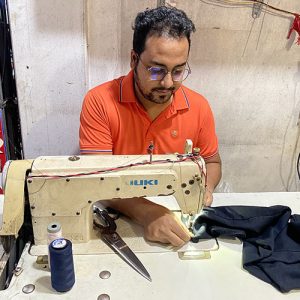
I love to sew and write! I have been doing both for many years and enjoy sharing my passion with others. I have written for both online and offline publications including Amazon and Medium, and I enjoy sewing clothes, quilts, and other items.
My writing style is engaging and lively, and I have a knack for delivering complex information in a way that is easy for everyone to follow.
